Choosing the right stand-up paddle board (SUP) can make a world of difference in your paddling experience.
Whether you’re an outdoor enthusiast looking to add a new activity to your repertoire or a beginner eager to dive into the world of paddle boarding, getting the right size board is crucial for stability, performance, and overall enjoyment.
At The Outdoor Compass, we understand the thrill of exploring the great outdoors and the importance of having the right inflatable board gear.
This guide will walk you through everything you need to know about selecting the perfect stand-up paddle board size for your needs.
From understanding different board dimensions to considering your own height, weight, and paddling goals, we’ve got you covered.
Join us as we delve into the specifics, share personal insights, and provide you with the statistics and expert advice you need to make an informed decision.
Let’s get started on finding the perfect SUP size for you.
What You Need to Know Before Choosing the Right Paddle Board Size for You
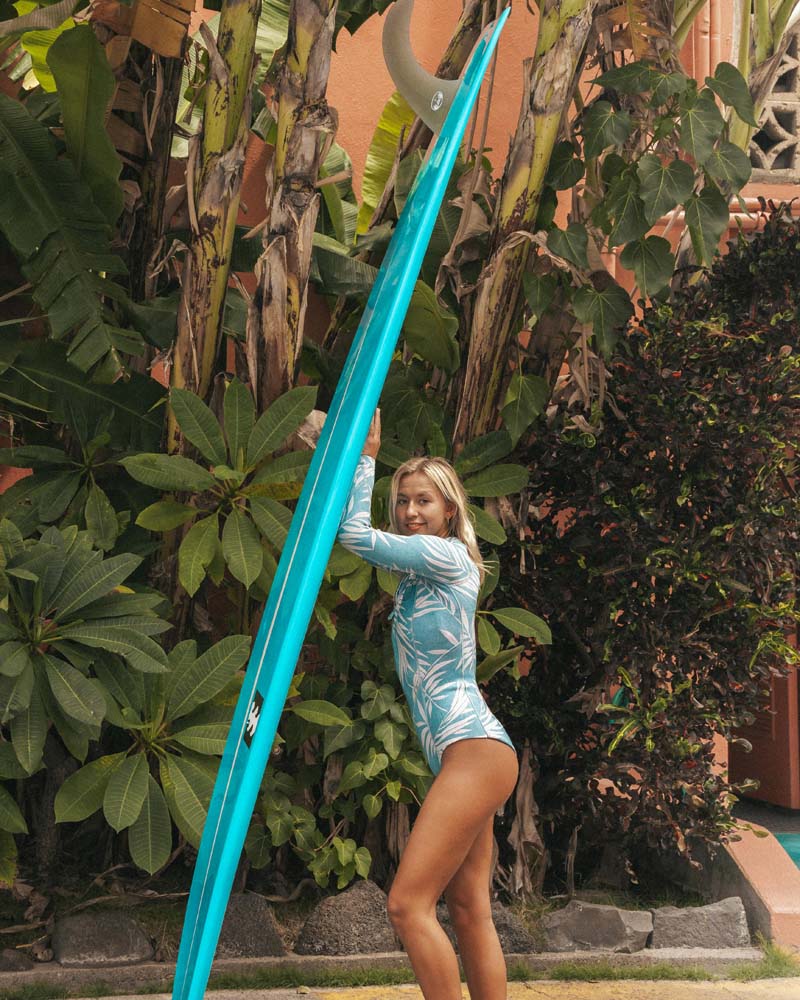
Choosing the right stand-up paddle board size isn’t a one-size-fits-all process. It requires considering several key factors to ensure the board meets your individual needs and enhances your paddling experience. Here’s what you need to know:
1. Your Weight and Height For Your SUP Size (based on height)
Your weight and height are the primary determinants in selecting the appropriate paddle board size. A heavier person will need a board with more volume and buoyancy to stay afloat comfortably, while a lighter person can manage with a smaller board. Here’s a general guideline:
- Under 140 lbs: Look for a board that’s around 9’6” to 10’6” long and 30” wide.
- 140 – 200 lbs: Aim for a board that’s 10’6” to 11’6” long and 31” to 32” wide.
- Over 200 lbs: Consider a board that’s 11’6” or longer and at least 32” wide.
2. Paddling Experience and Skill Level
Beginners typically benefit from a wider, longer, and thicker board, which offers more stability. If you’re just starting out, look for a board that’s at least 32” wide. Experienced paddlers, on the other hand, might prefer a narrower and shorter board for better maneuverability and speed.
3. Intended Use
What you plan to do with your paddle board will also influence your choice. There are different boards designed for various activities:
- All-Around SUPs: Versatile and great for beginners, these boards perform well in most conditions.
- Touring SUPs: Longer and more streamlined, these boards are ideal for long-distance paddling and open water.
- Surf SUPs: Shorter and more agile, these boards are perfect for catching waves.
- Yoga SUPs are perfect when you want a board that offers both stability and the ability to perform yoga on the water.: Wide and stable, these boards provide a steady platform for practicing yoga on the water, especially if you want a board like a yoga SUP.
4. Board Volume And Weight Capacity
Board volume is measured in liters and indicates the board’s ability to float with weight on it. The higher the volume, the more weight the board can support. Here’s a simple way to calculate the volume you need: multiply your body weight (in kg) by 1 to 1.4 to find the ideal board volume. For instance, if you weigh 70 kg, look for a board with a volume of 70 to 98 liters. Always factor in the weight of any gear you might bring along.
5. Board Dimensions: Length of the board often ranges in feet in length, which impacts speed and maneuverability., Width, and Thickness
- Length: Longer boards are generally faster but harder to turn. Shorter boards are more maneuverable but can be less stable.
- Width: Wider boards provide more stability, making them great for beginners and yoga enthusiasts. They are often recommended as a paddle board for beginners. Narrower boards offer more speed and are suited for advanced paddlers.
- Thickness: Thicker boards offer more volume and stability, which is beneficial for heavier paddlers. The paddle board’s volume is crucial for ensuring proper buoyancy.
6. Personal Preferences and Comfort To Pick The Best Paddle Board
Ultimately, your comfort and preferences should guide your choice. Test out different boards if possible and consider what feels best for your body and paddling style. Sometimes, the perfect board isn’t just about the numbers—it’s about what makes you feel confident and excited to hit the water.
By taking these factors into account, you’ll be well on your way to choosing a stand-up paddle board that’s perfectly suited to your needs. In the next section, we’ll dive deeper into understanding the specifics of board dimensions and their impact on your paddling experience.
Why Having a Board the Right Size Is Important
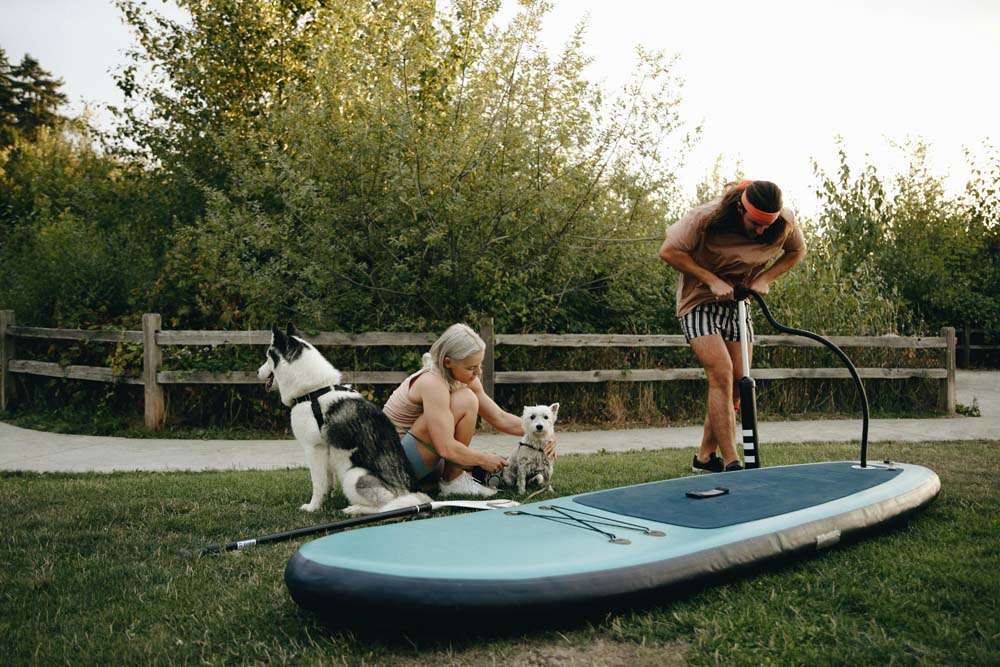
Selecting the right size stand-up paddle board (SUP) is more than just a matter of comfort—it’s essential for safety, performance, and overall enjoyment. Let’s dive into why getting the right size board is so important.
1. Stability and Balance
Imagine you’re out on the water, paddling along peacefully, when suddenly you lose your balance and take an unexpected swim. This is a common scenario for paddlers using a board that’s too small or narrow for their weight and skill level. A board with the right dimensions offers the stability you need to stay upright and enjoy your time on the water.
According to a survey by the American Canoe Association, about 64% of paddle boarders reported stability as their top priority when choosing a board. A stable board makes paddling easier and boosts your confidence, especially if you’re new to the sport.
2. Performance and Efficiency
The size of your board affects how it performs on the water. A board that’s too short might feel sluggish, while one that’s too long could be difficult to maneuver. Finding the right balance is key. For instance, if you’re planning on long-distance paddling or touring, a longer board (11’ or more) will glide more efficiently, helping you cover more distance with less effort.
From personal experience, I can tell you that when I switched to a board that matched my height and weight perfectly, my paddling efficiency improved significantly. I was able to paddle faster and with less fatigue, making my outings more enjoyable and rewarding.
3. Safety and Comfort
Safety should always be a top concern. Using a board that’s not right for your size can lead to instability, increasing the risk of falling and potential injuries. Additionally, if the board doesn’t have enough volume to support your weight, it can ride lower in the water, making it harder to paddle and maneuver, especially in choppy conditions.
In a study conducted by the Outdoor Industry Association, 78% of paddle boarders emphasized the importance of having a board that fits their body type and paddling style for safety reasons. A well-sized board ensures that you remain comfortable and in control, reducing the risk of accidents.
4. Enhancing Your Paddling Experience
A properly sized board can make a huge difference in your overall paddling experience. It allows you to paddle with greater ease, enjoy smoother rides, and take on different water conditions confidently. Whether you’re exploring a serene lake, cruising along a river, or catching some waves at the beach, the right board size helps you make the most of your adventure.
Actually, my first paddle boarding trip was with a mismatched board—it was frustrating and exhausting. But once I found the right size, paddle boarding became a joyous, meditative experience. I could focus on the scenery and the rhythm of my paddling, rather than struggling to stay balanced.
Different Paddle Board Size = Different Purpose – Size SUP Board Sizing By Activity Type
When it comes to stand-up paddle boards (SUPs), size truly matters. The right size board can enhance your paddling experience by aligning with your specific needs and activities. Let’s explore how different paddle board sizes serve different purposes and help you make the most of your time on the water.
1. All-Around Paddle Boards
All-around SUPs are designed to perform well in a variety of conditions, making them perfect for beginners and recreational paddlers. Typically, these boards are:
- Length: 10′ to 12′
- Width: 30″ to 34″
These dimensions provide a balanced mix of stability, maneuverability, and versatility. According to a report by the Outdoor Foundation, 45% of SUP purchases in 2022 were all-around boards, highlighting their popularity among casual and entry-level paddlers who often opt for a recreational paddle.
2. Touring Paddle Boards
Touring SUPs are crafted for long-distance paddling and exploring open waters. They are longer and narrower than all-around boards, which helps them glide efficiently over long distances.
- Length: 12’6″ to 14′
- Width: 28″ to 32″
These dimensions improve tracking and speed, allowing paddlers to cover more ground with less effort. For instance, a survey by SUP Connect found that touring boards are the preferred choice for 32% of paddlers who venture on multi-day excursions.
3. Racing Paddle Boards
Racing SUPs are built for speed and performance, with a sleek and narrow design that cuts through the water with minimal resistance.
- Length: 12’6″ or 14′ (racing standards)
- Width: 24″ to 28″
These boards are less stable but much faster, designed to help competitive paddlers achieve high speeds. A study by the International Surfing Association (ISA) indicated that 20% of competitive paddlers opt for racing boards to gain an edge in speed-focused events.
4. Surfing Paddle Boards
Surf SUPs are shorter and more maneuverable, making them ideal for catching and riding waves.
- Length: 7′ to 10′
- Width: 28″ to 32″
The compact size allows for quick turns and responsiveness on the waves. According to Surf Magazine, 25% of experienced SUP surfers prefer boards in this size range for optimal performance in surf conditions.
5. Yoga Paddle Boards / SUP Yoga
Yoga SUPs are designed with extra width and stability to provide a steady platform for practicing yoga on the water.
- Length: 10′ to 12′
- Width: 32″ to 36″
The broader dimensions ensure the board remains stable, allowing you to focus on your poses without worrying about tipping over. In a poll by Yoga Journal, 30% of yoga enthusiasts who practice on water prefer using yoga-specific SUPs.
6. Fishing Paddle Boards
Fishing SUPs offer additional stability and space for storing gear, making them perfect for anglers.
- Length: 11′ to 13′
- Width: 32″ to 36″
These boards often come equipped with attachment points for fishing rods, coolers, and other accessories. According to Angler’s Digest, 18% of paddle board fishermen prefer boards in this size range to ensure they have a stable and functional platform for fishing.
Always Check The Maximum Weight Capacity (Especially If You Use An Inflatable SUP)
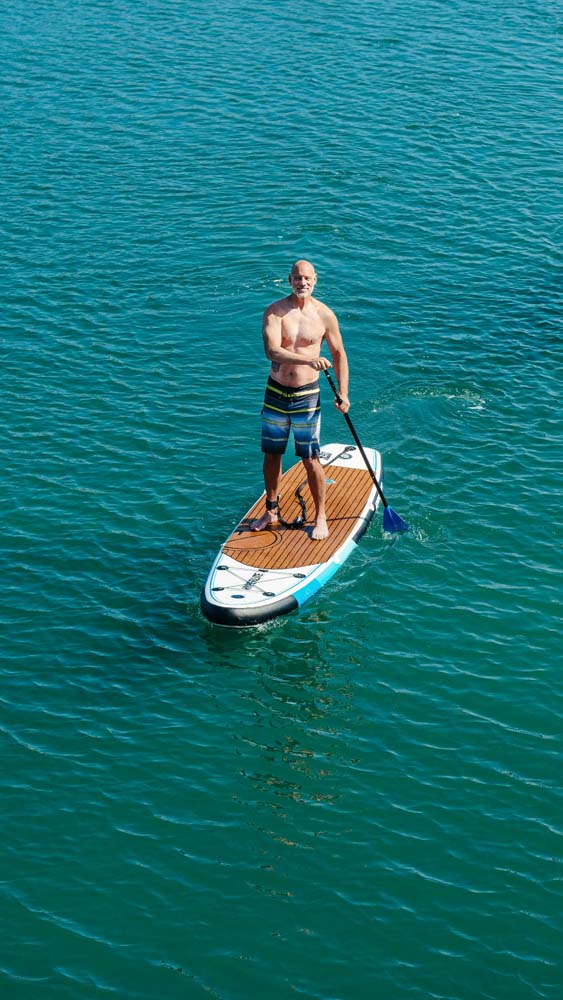
This figure indicates the total weight a board can support while maintaining optimal performance and stability. Ignoring this can lead to a less enjoyable, and potentially unsafe, paddling experience. Always use your board according to its specifications. Always ensure your inflatable sup board suits your needs.
Why It Matters
Exceeding the maximum weight capacity can cause the board to sit lower in the water, making it unstable and difficult to maneuver. This can be particularly challenging in choppy conditions or when trying to maintain balance. Additionally, a board that’s overloaded will be slower and less responsive, diminishing the overall enjoyment of your paddle.
How to Check
Manufacturers provide the maximum sup weight capacity in the board’s specifications. When checking this number, remember to account for your body weight plus any additional gear or accessories you’ll be carrying. For example, if you weigh 180 lbs and plan to bring along a cooler and some fishing equipment weighing 20 lbs, your total load is 200 lbs. Ensure the board you choose can comfortably support this weight.
Paddle Board Size Chart : What Size Paddle Board Do I Need For My Weight ? (length and Width)
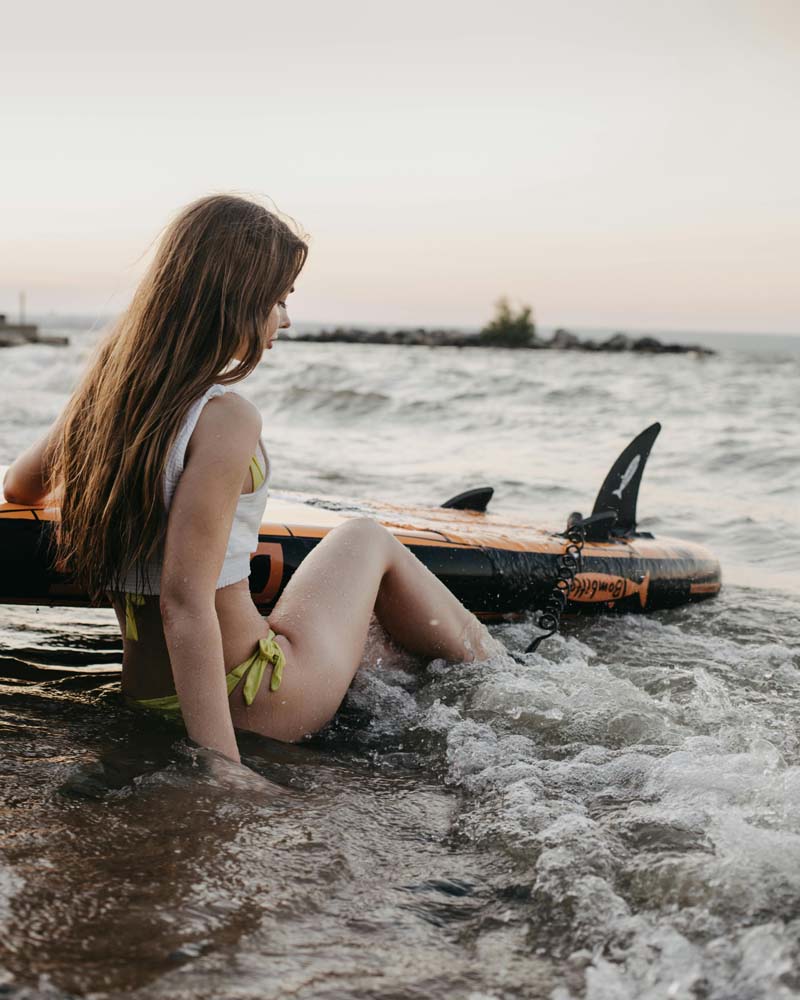
Guidelines for a Beginner Paddler / All-Around SUP
To make your paddle board selection process easier, here’s a handy size chart that considers your weight and the intended use of the board. This chart can help you quickly identify the board dimensions that will best suit your needs.
For beginners, stability and ease of use are paramount. Here’s a size chart tailored for those new to paddle boarding, focusing on all-around SUPs that offer versatility and stability.
| Rider Weight | Board Length | Board Width | Board Thickness | Volume (Liters) |
|---|---|---|---|---|
| Under 140 lbs | 9’6″ – 10’6″ | 30″ – 32″ | 4″ – 5″ | 160 – 190 |
| 140 – 200 lbs | 10’6″ – 11’6″ | 31″ – 33″ | 4.5″ – 5.5″ | 190 – 240 |
| Over 200 lbs | 11’6″ – 12’6″ | 32″ – 34″ | 5″ – 6″ | 240 – 280 |
Guidelines for an Intermediate to Advanced Paddler / All-Around SUP
For intermediate to advanced paddlers, a balance of performance and versatility is key when selecting the perfect paddle board. These paddlers may prioritize speed and maneuverability without sacrificing too much stability.
| Rider Weight | Board Length | Board Width | Board Thickness | Volume (Liters) |
|---|---|---|---|---|
| Under 140 lbs | 10’0″ – 11’0″ | 29″ – 31″ | 4″ – 5″ | 160 – 200 |
| 140 – 200 lbs | 10’6″ – 12’0″ | 30″ – 32″ | 4.5″ – 5.5″ | 200 – 250 |
| Over 200 lbs | 11’0″ – 12’6″ | 31″ – 33″ | 5″ – 6″ | 250 – 300 |
Next Steps in Choosing Your Inflatable Paddle Board
Now that you have a better understanding of what size paddle board is ideal for your weight, height, and intended use, it’s time to find your perfect SUP.
A great place to start is by checking out our Best All-Around Inflatable Paddle Boards page.
These boards are versatile and popular among paddlers who enjoy a variety of activities on the water without being limited to a single type of paddling.
Ready to take the plunge? Visit our Best All-Around Inflatable Paddle Boards page to explore top-rated options and find the perfect board to enhance your paddling adventures.
Whether you’re a beginner or an experienced paddler, the right board is waiting for you to make the most of your time on the water.


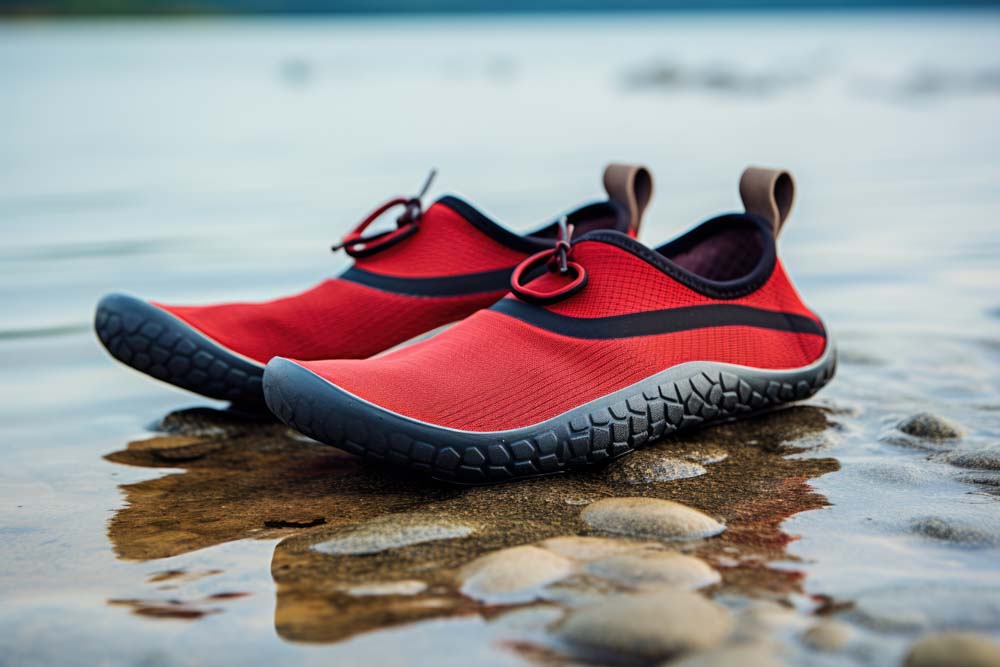






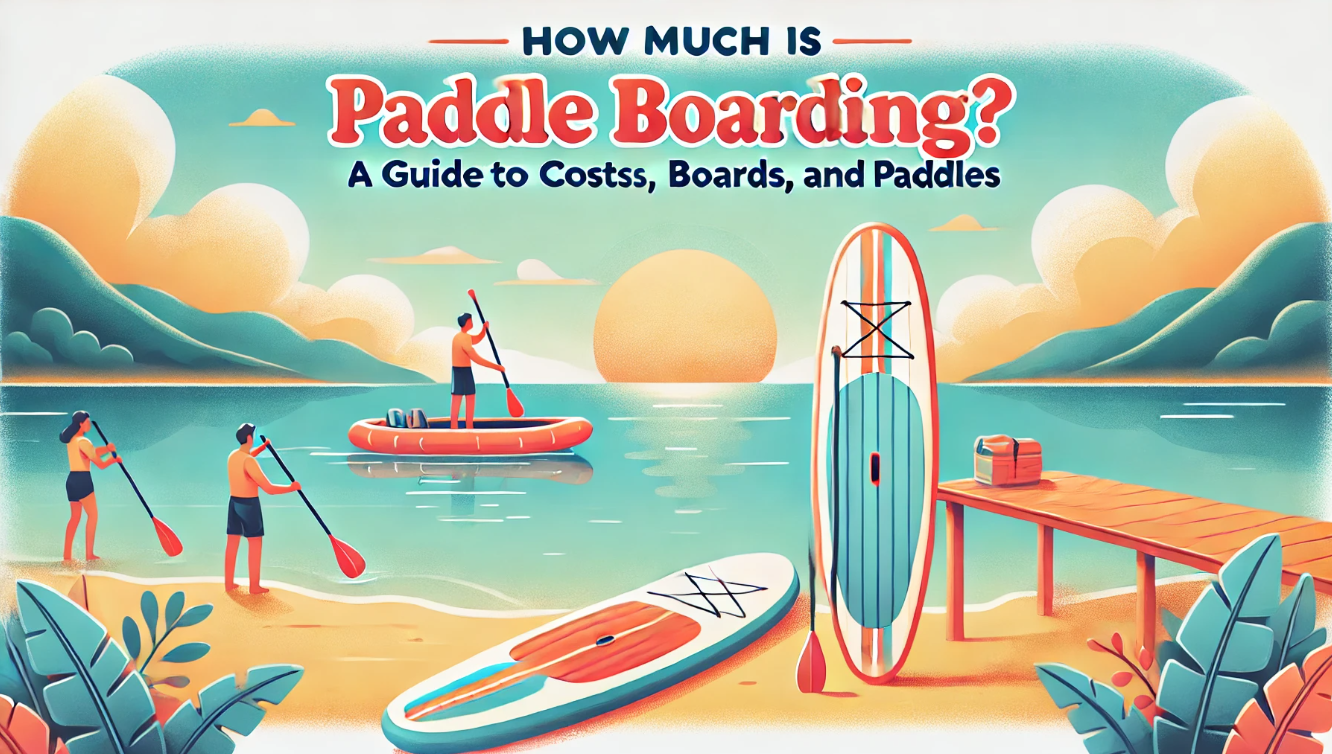
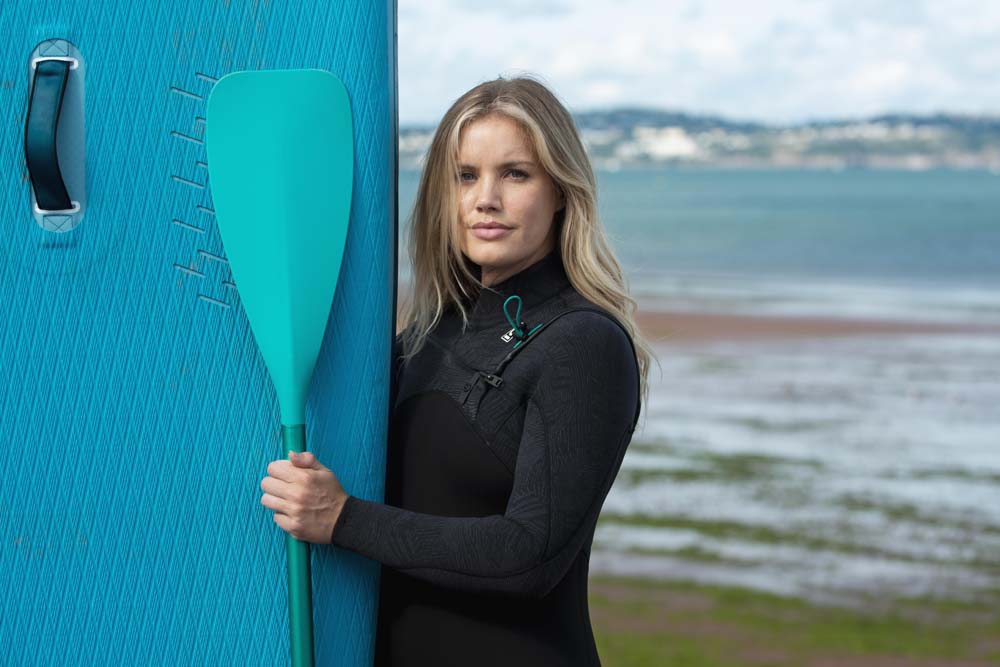
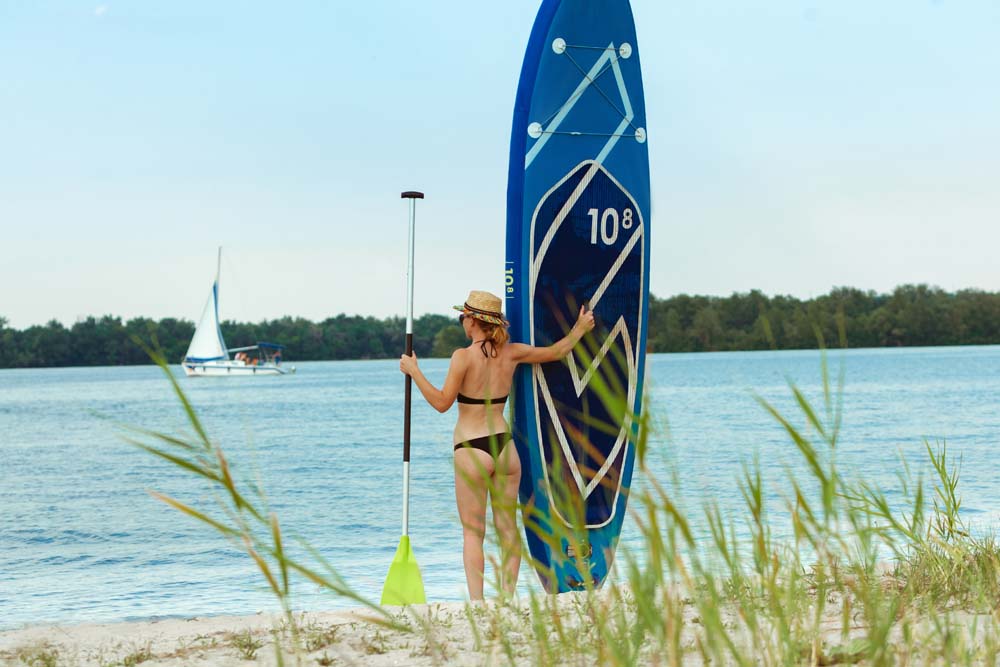
0 Comments